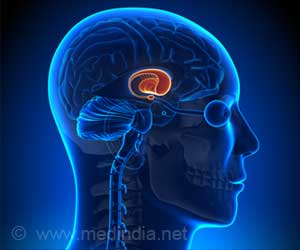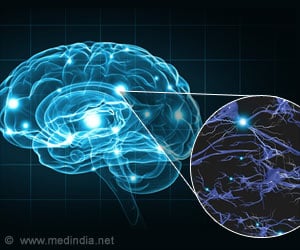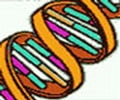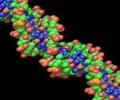Could viral infections play a role in Huntington's disease? Research suggests Apolipoprotein B mRNA editing catalytic proteins [APOBEC] proteins might be linked to DNA repeat expansions.
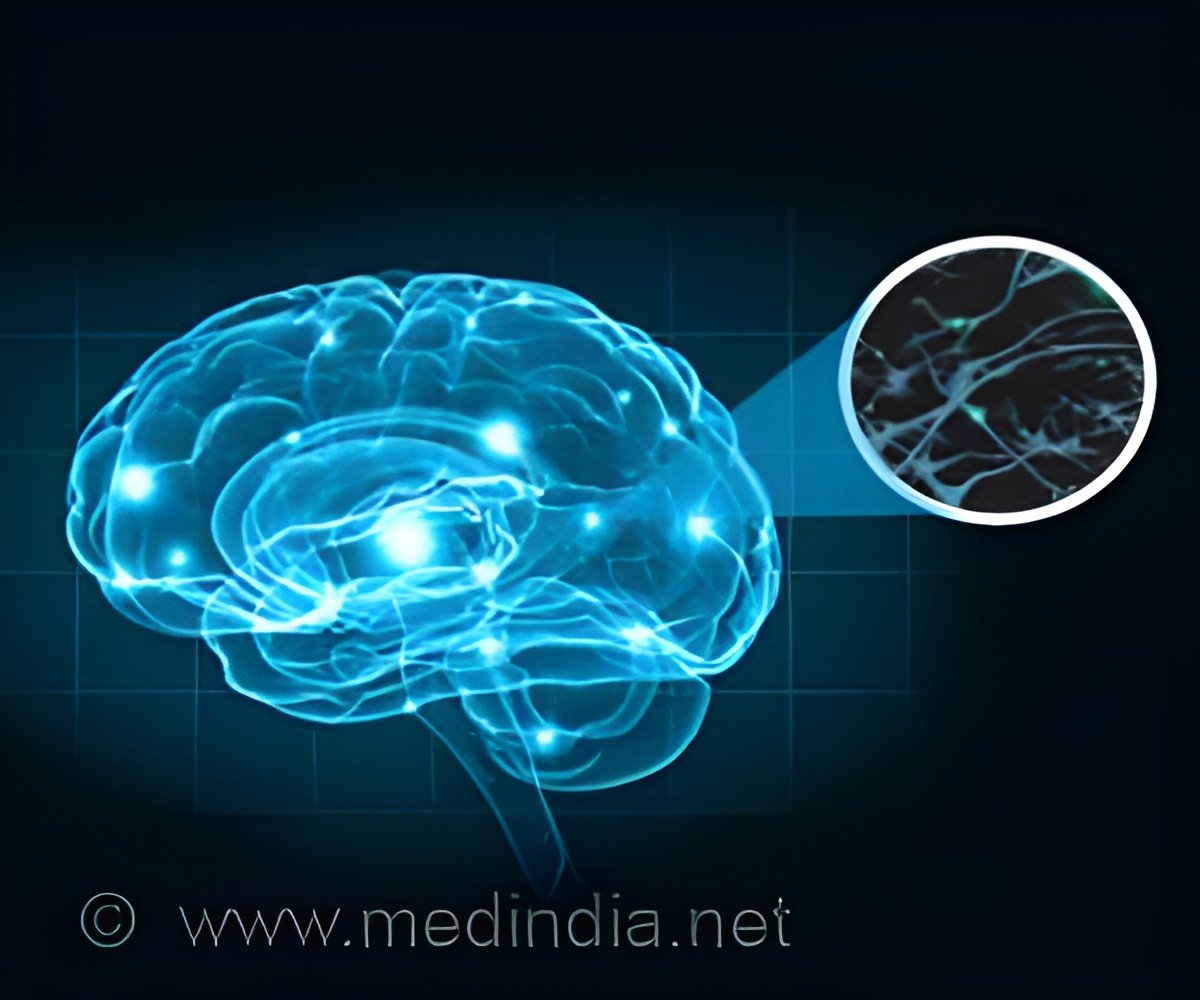
‘Immune proteins fighting off viruses might also be sabotaging our DNA. New findings suggest Apolipoprotein B mRNA editing catalytic proteins are causing repeat expansions in the Huntington’s gene. Could targeting them offer a treatment? #huntingtonsdisease #geneticresearch #medindia’





The DNA becomes kinked by the expanded copies, increasing its vulnerability to breaking and replication mistakes. To repair the breaks, cells expand repeatedly, impairing and killing nerve cells and causing the loss of vital protein functions.A potential biochemical mechanism that explains how the DNA repeats in the Huntington's disease gene is broken and then extended has been discovered by research from the lab of Catherine Freudenreich, a professor and department chair of biology. The study was published in the Proceedings of the National Academy of Sciences(1✔ ✔Trusted Source
APOBEC3A deaminates CTG hairpin loops to promote fragility and instability of expanded CAG/CTG repeats
Go to source).
The cause, they find, may be natural proteins of the immune system that normally target viruses by damaging their DNA. The proteins are called Apolipoprotein B mRNA editing catalytic proteins, or APOBECs.
APOBECs are part of a first-response team of proteins used to fight off viral infection until the adaptive part of the immune system can generate antibodies and killer T cells. They work by clipping off an amine group (one nitrogen connected to three hydrogens) from cytosine nucleotides in single-stranded virus DNA, mutating the genetic code and ultimately rendering viral genes useless.
But in the case of people with Huntington’s disease, some of these helper proteins may be attacking and destabilizing not viruses but the patient’s DNA.
Advertisement
When an APOBEC deaminates parts of that gene containing the CAG/CTG sequence, it increases the error rate of DNA repair enzymes, causing them to insert multiple CAG/CTGs where there should only be one. This happens repeatedly until the CAG/CTG repeats expand enough to interfere with the function of the huntingtin gene.
Her collaborator Steve Roberts, an associate professor at the University of Vermont, examined publicly available protein expression data from brain tissue samples from deceased Huntington’s disease patients and found an unusually high presence of the APOBEC3A enzyme, supporting a causal link.
“The level is even higher than in breast cancer cells, where APOBECs are known to play a role,” says Freudenreich. “This means that APOBECs are in the right place to cause trouble, and that makes them intriguing candidates for disease initiation.”
The researchers found additional evidence for other proteins that may be helping APOBECs induce DNA repeat expansions.
Freudenreich and her collaborators will continue to explore this pathway’s role in Huntington’s disease, as well as whether APOBEC inhibitors could damp down their activity. The work also raises questions about the role of viral infections in triggering Huntington’s disease perhaps by increasing the presence of APOBECs in the brain environment.
Reference:
- APOBEC3A deaminates CTG hairpin loops to promote fragility and instability of expanded CAG/CTG repeats - (https://www.pnas.org/doi/10.1073/pnas.2408179122)
Source-Eurekalert


